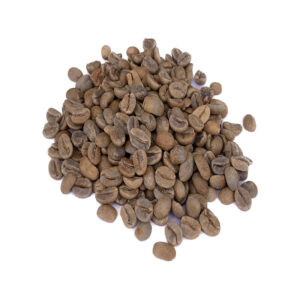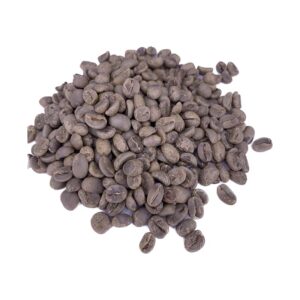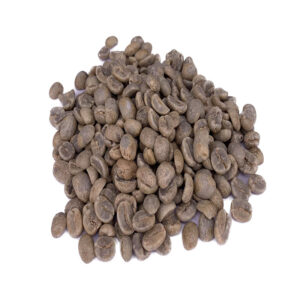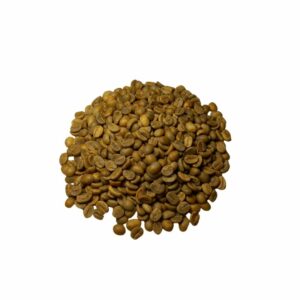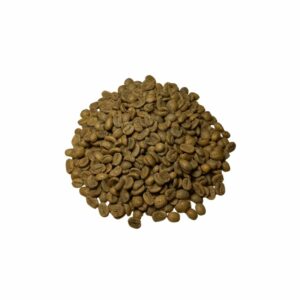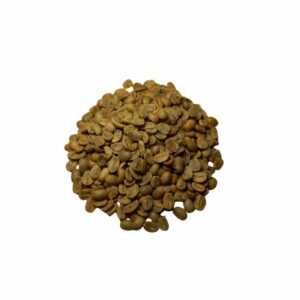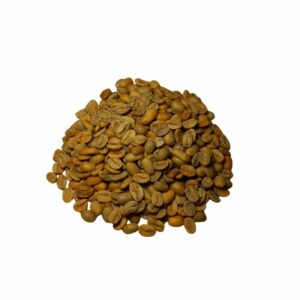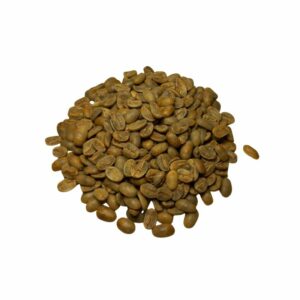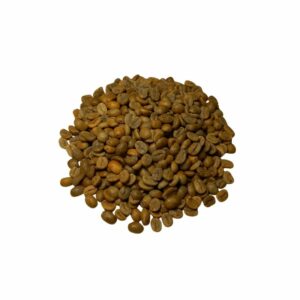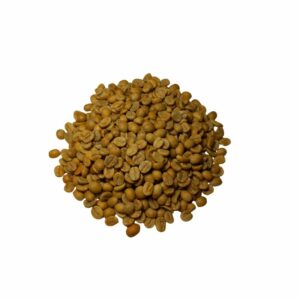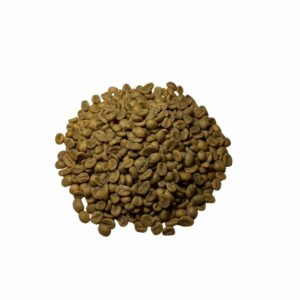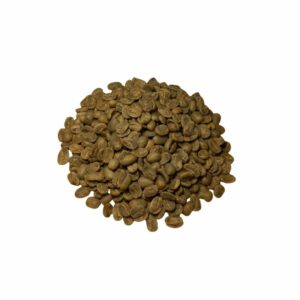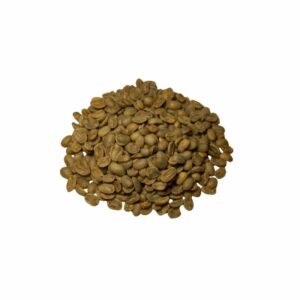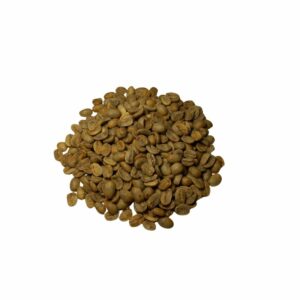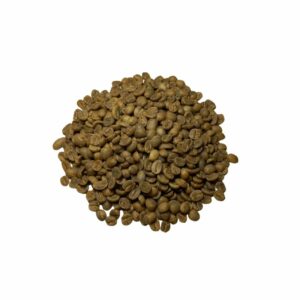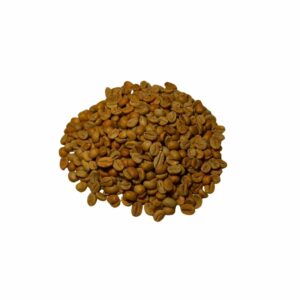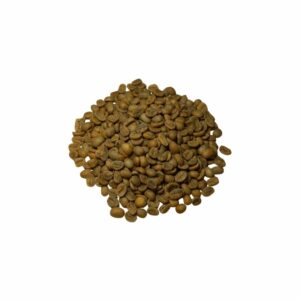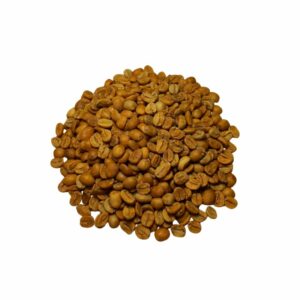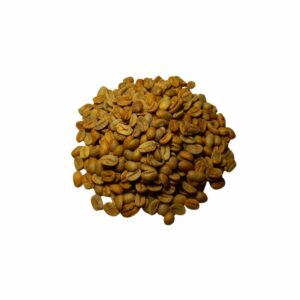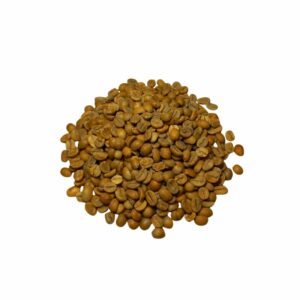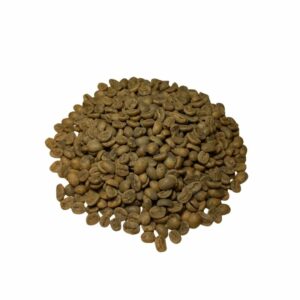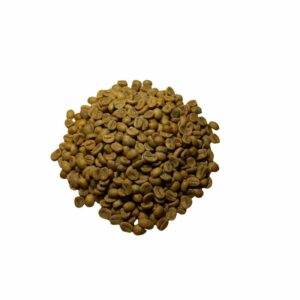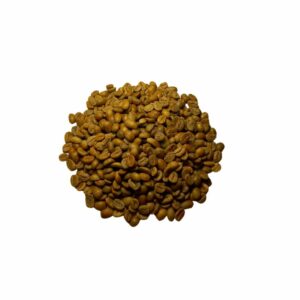Last day of the promo!
10% OFF
EIRA RUA
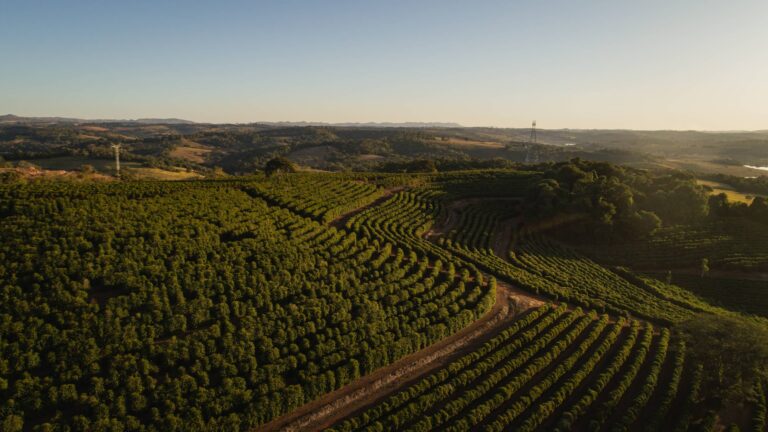
For orders of this Brazilian coffee from 2 to 25 bags
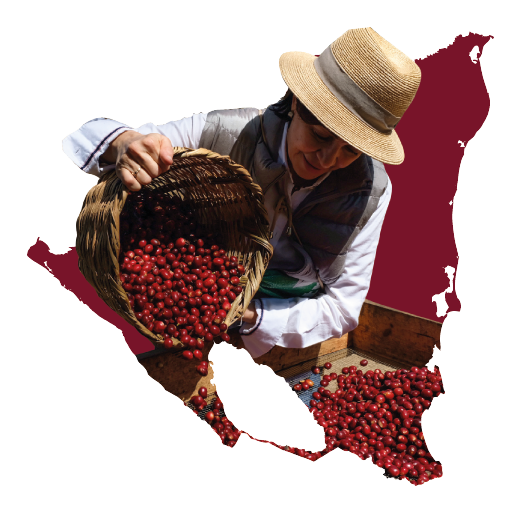
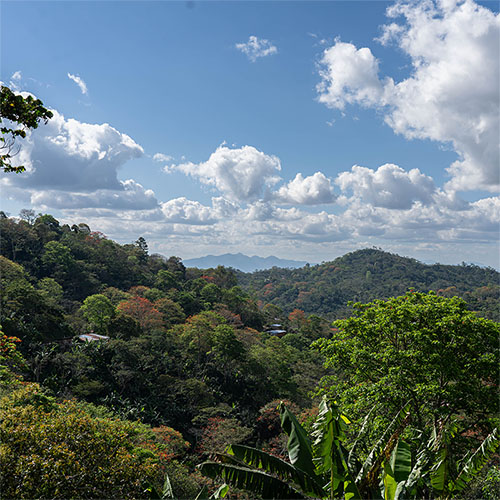
Nicaragua, located in the heart of Central America, is known for its specialty arabica coffee, grown in volcanic soils and at high altitudes. Its climatic and geographical diversity, with mountains and abundant rainfall between May and November, create ideal conditions for the development of high-altitude coffee, appreciated for its balanced flavor and complex aromas.
The Nicaraguan territory covers 130,370 km² and is home to 6.55 million people. Its varied topography, with mountains and volcanic soils rich in minerals, favors the production of high-quality green coffee, with distinctive notes and bright acidity. Nicaragua has four types of climates: tropical savanna, dry subtropical, monsoon savanna, and tropical rainforest, all essential for coffee cultivation.
With 140,000 hectares dedicated to coffee cultivation, this industry supports 500,000 people in the country. Nicaraguan coffee is mostly arabica (90%), with robusta cultivation allowed only in certain regions of the Pacific and Caribbean. Coffee is an economic pillar of Nicaragua and has managed to position itself in the international market as a superior quality product.
Nicaragua is home to 10% of the world’s biodiversity, with ecosystems such as volcanoes, crater lagoons, lakes, and tropical forests, directly influencing the cultivation of its coffee.
Nicaraguan coffee stands out for its balanced flavor, medium body, and fruity or chocolaty notes. Discover the authentic coffee of Nicaragua and enjoy a cup with history, tradition, and unbeatable quality.
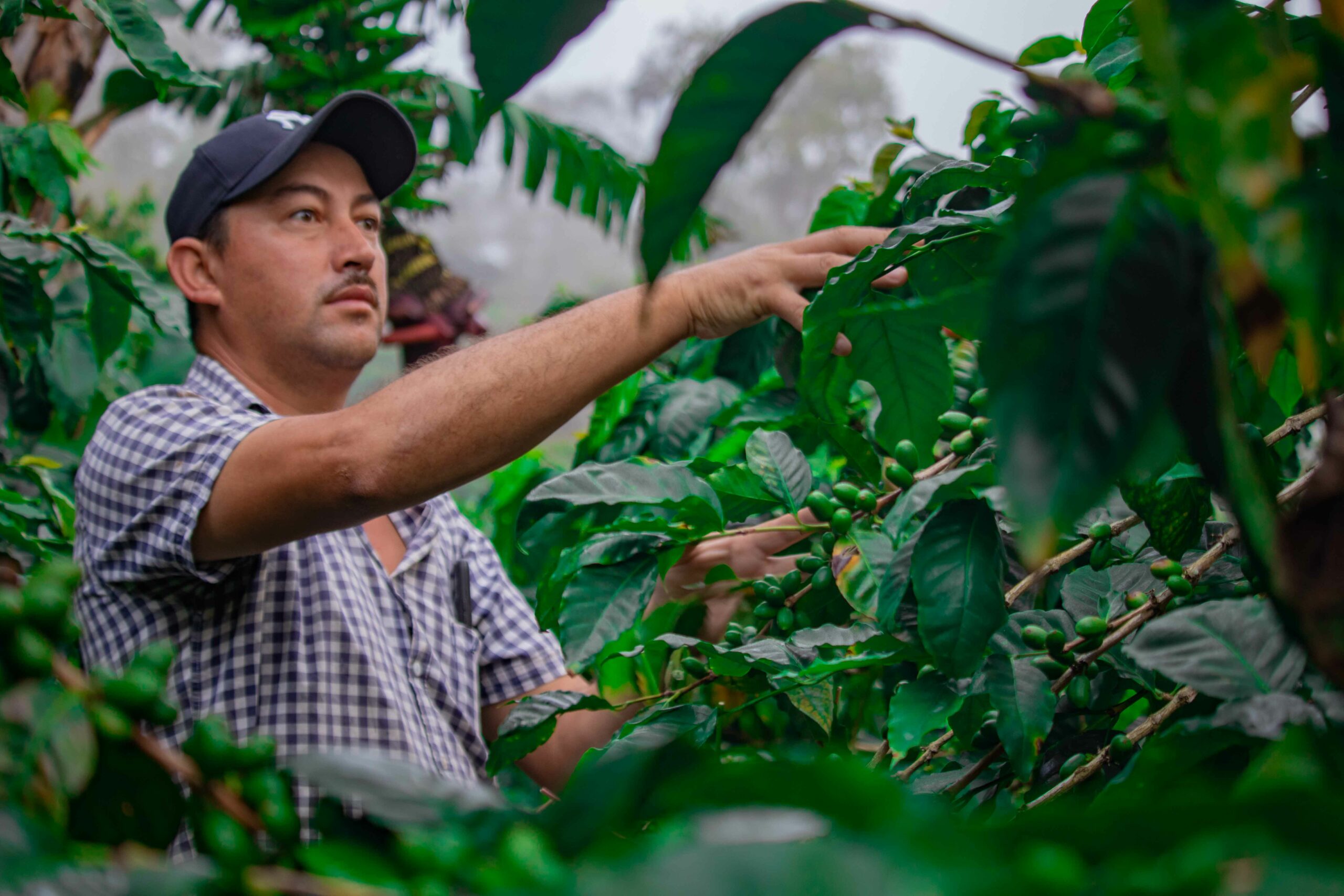
The coffee region of Jinotega has 8 coffee growing districts. These districts are home to more than 15,582 families that cultivate approximately 44,262 hectares of Arabica coffee of the varietals Caturra, Catuaí Rojo, Catuaí Amarillo and Catimores, Parainema, Maracaturra, Java, Marseillaise, H1 and H3. Jinotega occupies the 1st place as the country’s coffee growing region.
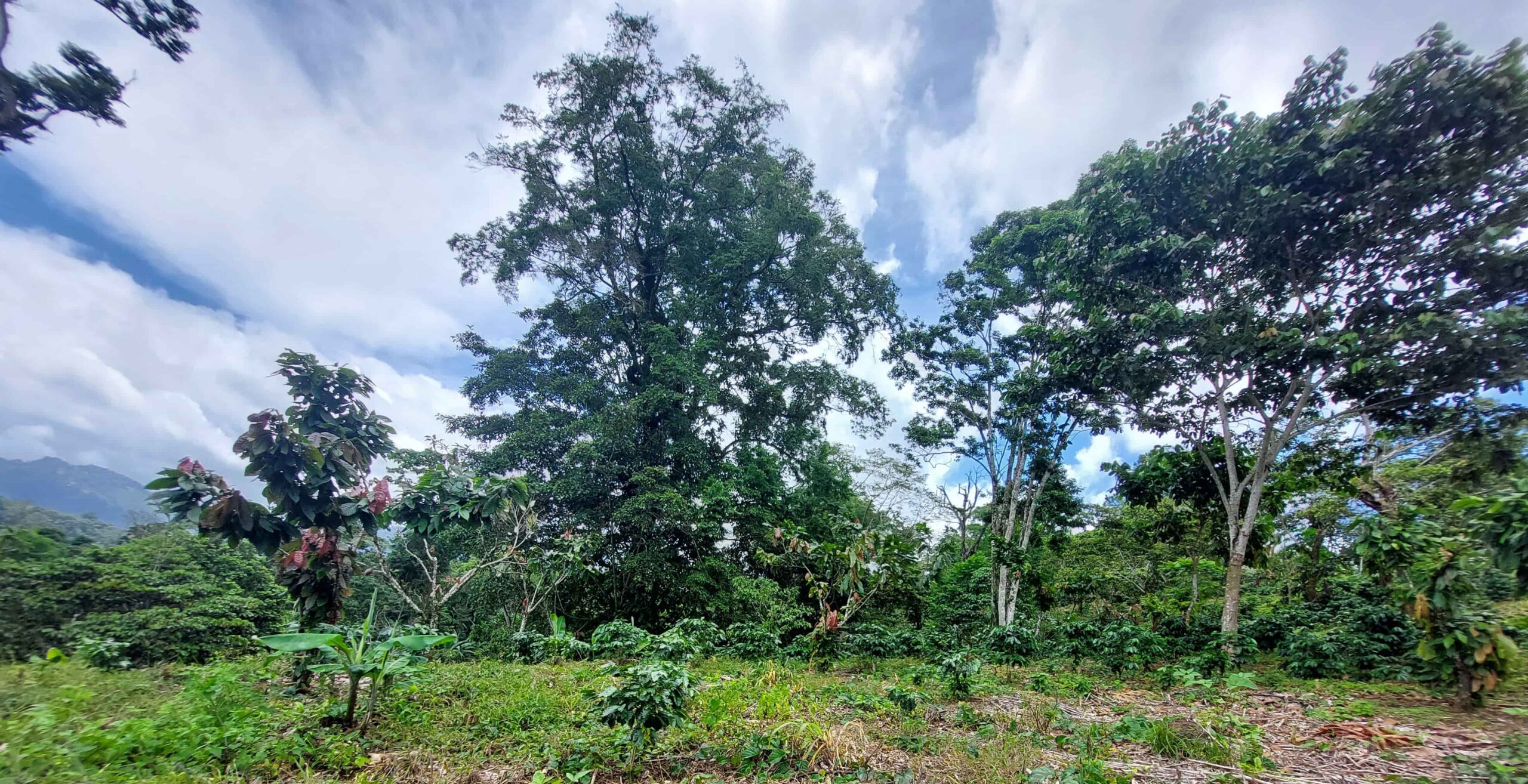
The Matagalapa coffee region has 9 coffee-growing districts. With a population of 271,440 inhabitants and a surface area of 4,587.60 km², these districts are home to more than 35,000 families that cultivate approximately 39,881 hectares of Arabica coffee of the Parainema, Catuaí rojo, Catuaí amarillo, Catimor, Marsellesa, Colombia, Sarchimor, Castilla, Pacamara, Maracaturra, Maragogype, Paca and Catrinic varietals. Matagalapa contributes 30% of the country’s total coffee production.
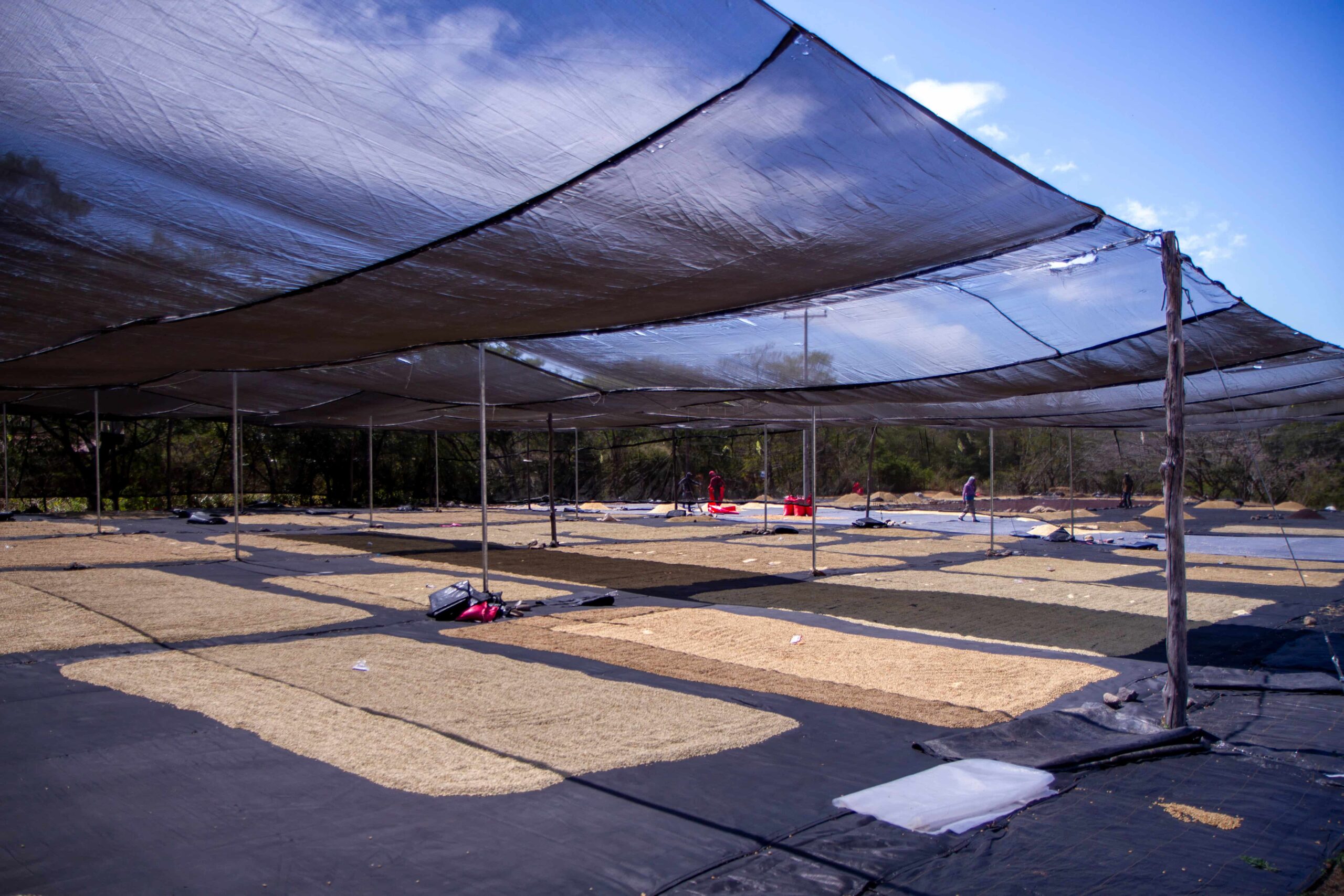
The coffee region of Nueva Segovia has 12 coffee growing districts. With a population of 267,000 inhabitants and a surface area of 3,491 km², these districts are home to more than 5,289 families that cultivate approximately 21,817 hectares of Arabica coffee of the Caturra, Catuaí Rojo, Catuaí Amarillo and Catimores varietals, Nueva Segovia contributes 14% of the country’s total coffee production.
